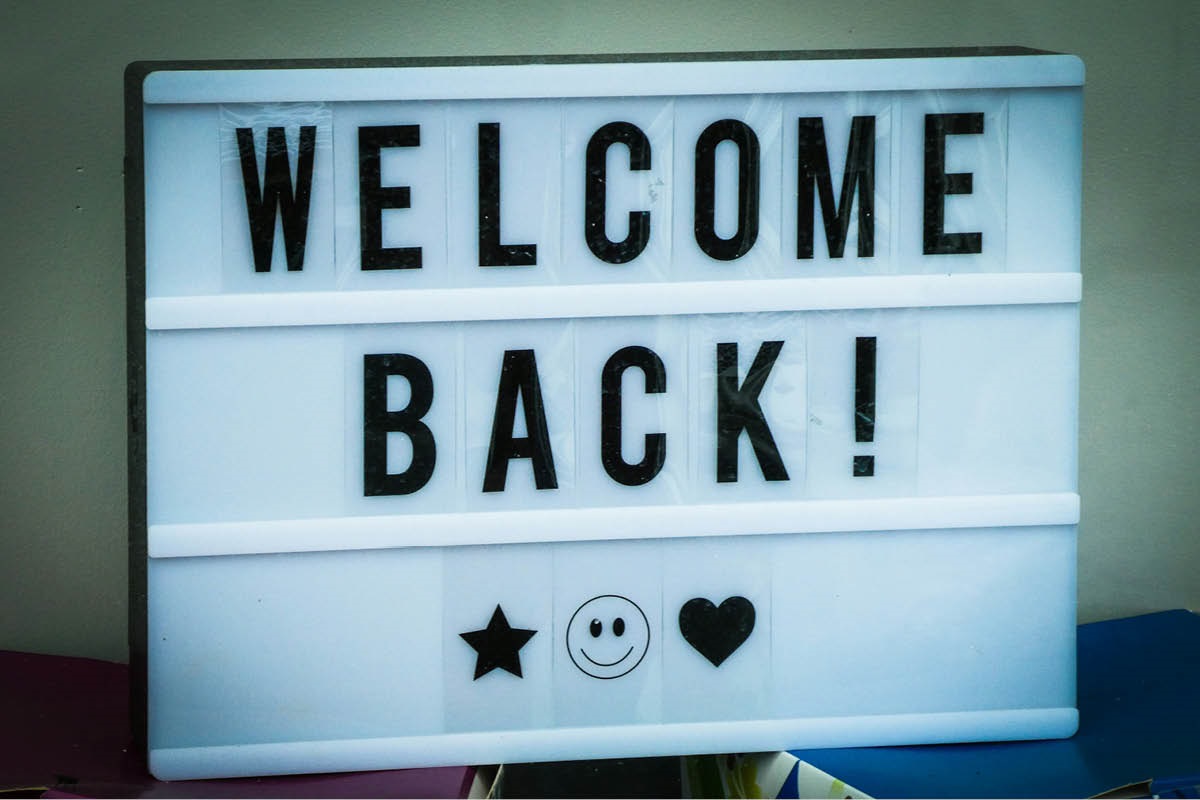
The Editing Company Inc.
Toronto, Ontario
RECENT POSTS
TEC Blog
Categories
Show All- Editing
- Grammar
- Usage
- Style
- Editor/writer
- Publishing
- Business
- Writing
- Writers support group
- Event
- Proofreading
- Copyright and permissions
- Usage
- Book reviews
- Editing new media
- Technology
- Books & libraries
- Ttc stories
- Editing & marketing
- Office happenings
- Social media & community
- Language & editing
- Social media
- Editing & marketing
- Indexing
- Book design
- Tec clients
- Guest blogger
- Creative women doing sixty
- Book clubs
- Books and reading
- Ebook technology & services
- Editing numbers
- Editing & technologies
- Opera, movies
Let Me Rephrase That – The Fine (and Necessary) Art of Revising
by Chris Cameron
Published at 2016-02-18
An editor is an expert at revising collections of written words. In fact, one French term for editor is "réviseur." As a professional editor, revising someone else's text is part of my job. But as a writer, I love revising my own work, and all writers should learn to do this.
The American journalist Ambrose Bierce said that a saint was a just sinner who had been revised and edited. On the strength of this, I submit that the path to heavenly prose is through careful revision.
And all revisions start with a first draft.
Why a First Draft?
Writers either love or hate revising, but there are two things everybody will agree on: 1) There has to be a first draft, and 2) It is usually lousy.
Why is this? Why can’t our golden prose spring fully formed from our heads ready for typesetting? Well for one thing, if we had to produce work that was publication worthy on the first attempt, no one would ever write anything at all; we’d all be stuck in permanent creative gridlock, scared to write a word. The first draft is our way of incarnating our thoughts, of converting them from twinkle in the eye to word on the page. If we don’t write something, we will never write anything. So we write. After all, it’s only the first draft.
After you get your first draft written, you will read it over and realize that it is not quite as brilliant as you thought it was when you got out of bed at 3 a.m. to get it typed before you forgot it all. But this is not the time to press DELETE; you had a good idea, and it is still good. You just need to tweak it. You have entered The Revision Zone.
My Eight Tips for Revising
Truckloads of books have been written containing tips for revising. Here are a few of mine:
- Write a first draft, and remember to call it just that. Whatever you do, don’t show it to anyone, no matter how sparkling you think it is. It is most likely not sparkling – yet.
- Save your darlings. Much has been said about trimming excess words and “killing your darlings.” But you don’t have to kill them dead; just put them aside if you decide they don’t fit the story you are trying to tell. Maybe you can use them another time.
- Interrogate every adjective and adverb as if they were suspected of treason (for after all, they could end up sabotaging your story). Some will survive; most will not. “He sped quickly up the steep mountain.” Enough said.
- Search for places where you have unintentionally repeated yourself. When I’m editing, I often see the same word or phrase several times in one paragraph, which can be off-putting to the reader.
- If possible, let time pass between revisions. Often something that appeared wonderfully witty in the evening will simply look pompous the next morning.
- If you have the resources, engage an editor to help you. Editors are not as emotionally attached to your words as you are, and they can be more clinical in eliminating unnecessary verbiage.
- Read aloud what you have written. If it flows in your voice, it will probably flow for a reader.
- Accept that revising is not an annoying add-on to your project, it is an integral part of the writing process. It is your way of connecting the prose and the passion and ensuring that both make sense.
Revising is more than just rearranging the furniture; it can be a complete makeover. Typically, my final product scarcely resembles what I started out with (almost none of my original draft of this essay survived revision). But I end up saying what I wanted to say in a way that is easier to read, and this should be the goal of all writers.




